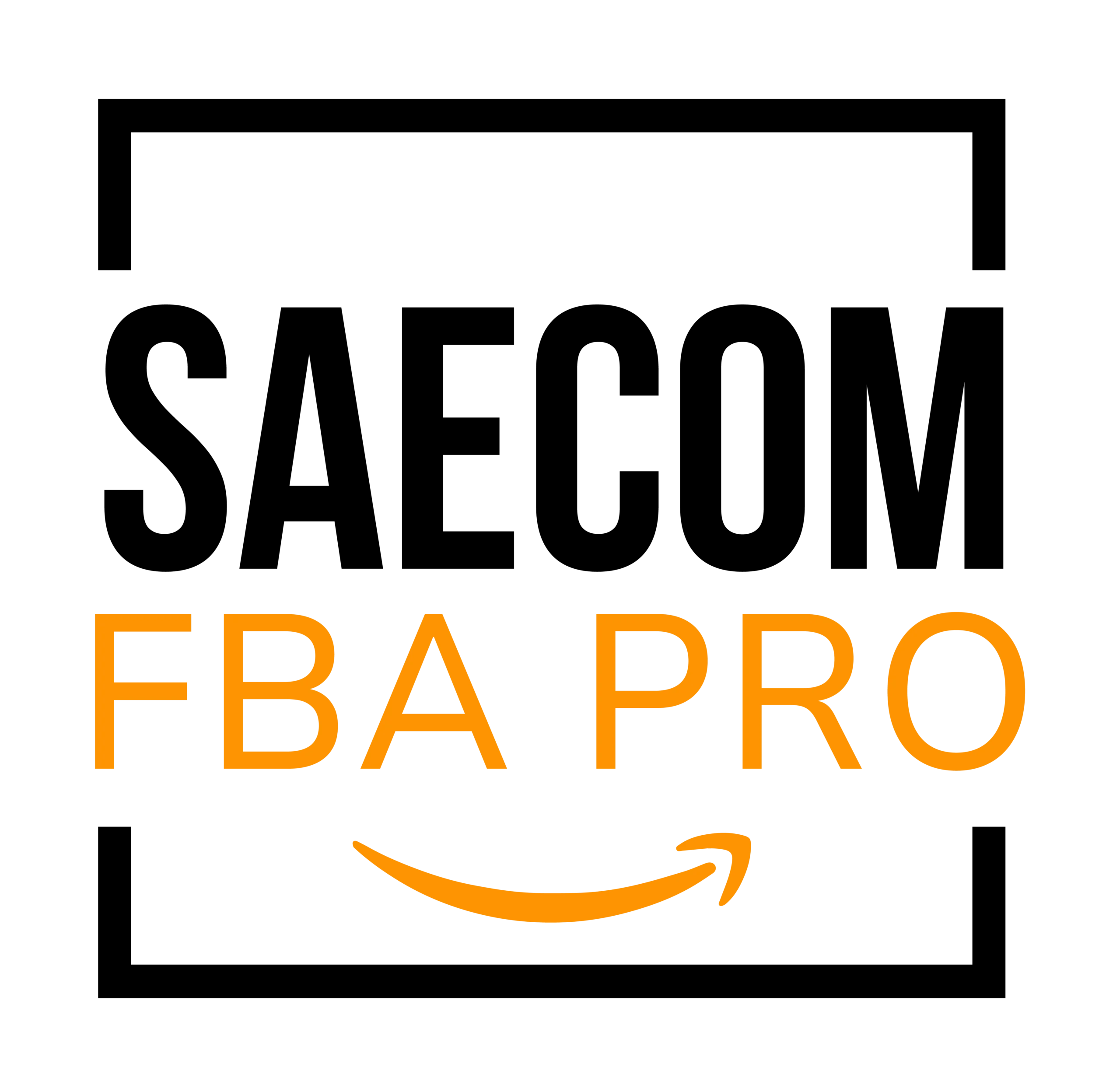Amazon Seller Scams to Watch Out for in 2025 and Stay Safe
As someone with years of experience selling on Amazon, I can confirm that while ecommerce is packed with opportunities, it’s also filled with potential scams. Unfortunately, plenty of scammers are out there targeting Amazon sellers — especially those who are new to the platform.
Looking to dive deeper into Amazon selling? Don’t miss our comprehensive guide.
In this post, we’ll highlight some of the most common scams Amazon sellers encounter and share tips on how to avoid falling victim to them.
5 Common Amazon Seller Scams to Be Aware Of

When you’re managing an Amazon store, it’s crucial to stay sharp and protect your account from schemes that could jeopardize your business. Let’s take a look at a few scams Amazon sellers should be cautious of.
1. Account Hijacking
One of the most serious scams involves fraudsters taking control of a seller’s Amazon account. Once they have access, scammers can alter bank details, adjust listings, and even steal private business information.
To safeguard your account, always enable two-factor authentication (which Amazon now requires), use strong, unique passwords, and update them periodically. Also, avoid sharing your login credentials with anyone.
Keep an eye out for any strange account activity, including unexpected changes to your listings or account settings.
2. Phishing Attacks
Phishing scams happen when fraudsters pretend to be legitimate companies, aiming to trick sellers into revealing sensitive information. These scams might arrive through emails, text messages, or phone calls.
Here are a few fake email addresses scammers have reportedly used:
- seller-performance@payments-amazon.com
- amazon-security@hotmail.com
- amazon-payments@msn.com
There have also been suspicious websites like https://sellercentral-secure-amazon.com that appear official at first glance.
To avoid getting caught in a phishing trap, always verify the sender’s email address or phone number and steer clear of unfamiliar links. Amazon will never request your login details or sensitive information via email or text message. Stay alert and cautious when dealing with messages claiming to be from Amazon.
3. Listing Hijacking
In a listing hijack scam, counterfeiters attach their fake products to your legitimate product listing. As a result, customers may think they’re ordering from you — but instead, they receive counterfeit or no products at all.
These rogue sellers often provide fake tracking numbers and skip shipping entirely. This damages your reputation, leads to poor reviews, and may trigger high return rates or even account penalties.
4. Amazon Suspension Scams
Another scheme involves scammers posing as Amazon representatives, falsely claiming your account has been suspended or deactivated.
They typically demand payment or sensitive account information in exchange for reactivating your account, promising to help you regain access. In reality, these individuals are frauds with no affiliation to Amazon.
To protect yourself, confirm any suspension claims directly with Amazon Seller Support before acting on any messages. Familiarizing yourself with Amazon’s policies and seller guidelines can also help prevent legitimate suspensions.
5. Fake Review Scams
Some scammers offer to sell fake reviews, which are typically positive and designed to boost product rankings and sales. While this might sound tempting, Amazon enforces strict policies against fake reviews, and sellers caught participating can face account suspension or permanent bans.
The safest approach is to steer clear of these schemes. Focus instead on offering high-quality products and excellent customer service, and encourage buyers to leave honest, authentic reviews.
How to Safeguard Your Amazon Business?

Since running an Amazon business involves significant investments of time and money, protecting it is essential.
One of the most effective ways to secure your brand and products on Amazon is by enrolling in the Amazon Brand Registry program.
Brand Registry helps guard against many of the scams listed above while providing access to exclusive tools and advertising options unavailable to non-registered sellers.
Here are three key anti-counterfeit tools available within Brand Registry:
- Transparency: This tool helps protect your brand and customers from counterfeit products, enhances customer engagement, and detects supply chain issues.
- Project Zero: It gives brand owners the power to remove counterfeit listings instantly without contacting Amazon support.
- Counterfeit Crimes Unit: This unit works with Amazon’s legal team to take legal action against counterfeiters.
Additionally, brand owners can use the Report a Violation tool to flag bad actors, intellectual property breaches, or inaccurate listings.
Overall, Brand Registry offers Amazon sellers the strongest protection for their brand and product listings.
Keep Your Amazon Account Safe
Staying informed about common Amazon scams and taking proactive steps to protect your account is key to building a secure, long-lasting business.
Always safeguard your login details, avoid sharing sensitive information, and confirm the legitimacy of emails and calls that claim to come from Amazon. By remaining cautious and following Amazon’s selling guidelines, you can minimize your risk and maintain a safe, successful store.
Got more questions about Amazon seller scams? Drop them in the comments — we’re happy to help!


